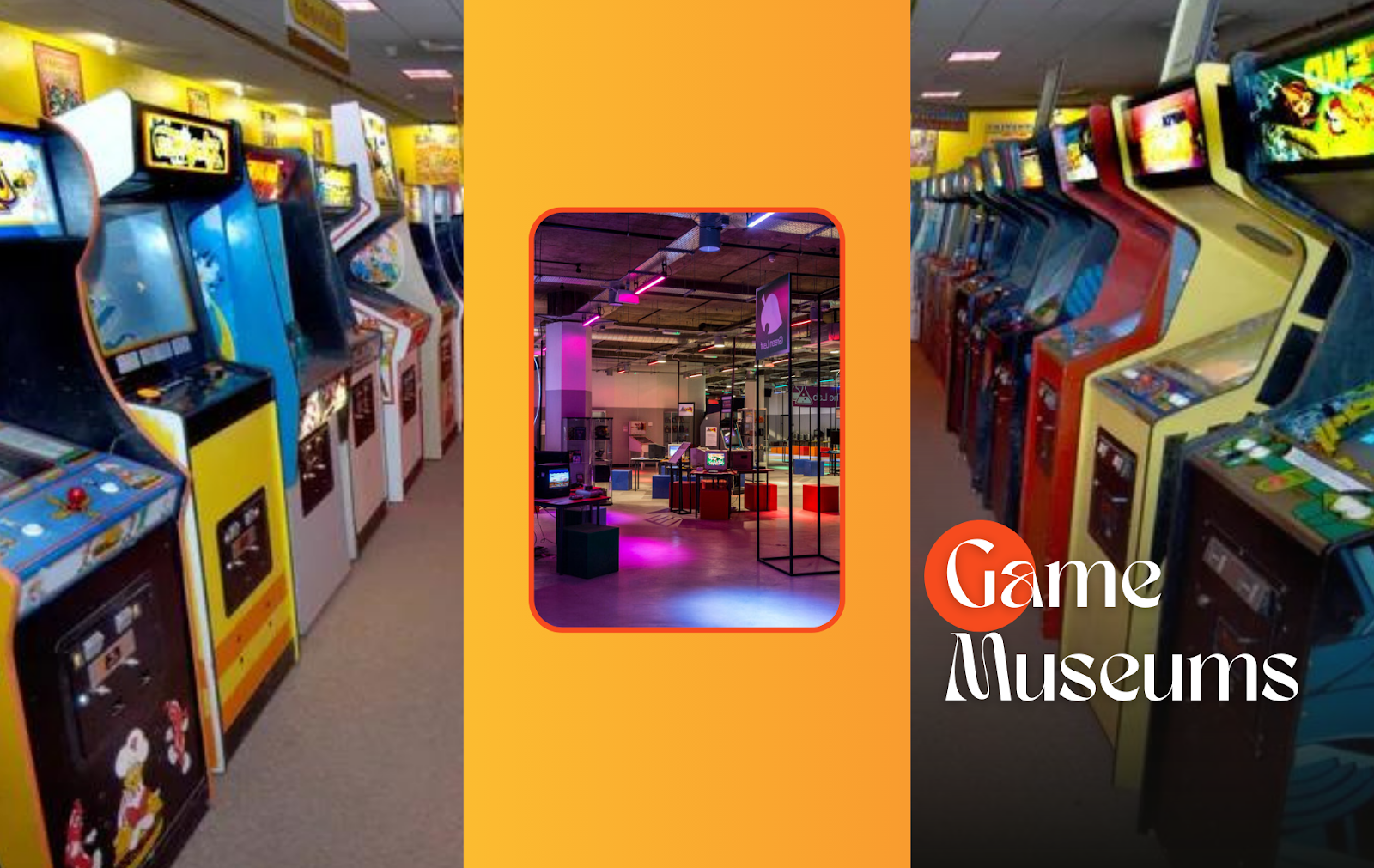The Five Game Museums
If you love video games, slot machines or gambling in general then this is the article for you. With all of these All Spins slots popping up left and right we wanted to share some of our favorite game museums with you.
Game museums are places where you can go to learn more about first slot machines and more. It may include exhibits about how they were made, how they’re played, or their history. The venues generally cater to an audience interested in gambling but there are also many other types of visitors.
An environment dedicated to games is a place you visit when you want to play or just see how they were made and learn about the history of something gambling. This is where people may learn about objects that have been created in the past.
Museums typically have specific areas for each subject that they specialize in like art galleries or science centers. They may also have exhibits on historical events such as wars or inventions so visitors can learn more about them if they’re interested in learning more about these topics specifically instead of general knowledge overall.
The first game museum
The first game museum was created in Japan back in 1979 by the company Nintendo. The museum is called Nintendo World, and it’s located in Kyoto, Japan. It’s open to the public and gives you a chance to play some classic games like Super Mario Bros., Street Fighter II and Tetris.
Types of gaming museums
As you might expect, museums can be found pretty much everywhere. There are museums in most major cities, as well as smaller regional centers and towns. Some of these places focus on how games were made, some focus on how games are played and some look at history of the medium itself.
Museums vary in size and format; some have just one exhibit while others may have multiple exhibits or even entire buildings devoted to gaming history or technology (for example).
Museums often keep their collections separate from each other so that they don’t compete with one another for resources or space but do share them with other institutions if there’s room available (which sometimes happens if someone wants something specific that wasn’t included originally).
Who should visit the museums
Museums generally cater to an audience interested in games, but there are also many other types of museums which deal with other forms of entertainment like film, television and music.
Museums can be found all over the world, from small town museums to large metropolitan ones. They can be located inside or outside buildings and range in size from small rooms to huge complexes with multiple floors.
Some have exhibits that focus on one specific game like Nintendo’s Interactive Museum (Nintendo World), while others such as the Smithsonian National Museum of American History’s Video Game exhibition allow visitors to play original consoles such as Atari 2600s or Nintendo 64s on display so they can see how old-school games worked when they were first released back in ‘86!
List of top-rated venues
There are many types of game museums around the world, including video game museums. Some focus on how games were made, some focus on how games are played and some look at the history of the medium.
Regardless of what type of museum you’re looking for (or even if you’re not), there’s a good chance that it will have something in common: These five places all cater to an audience interested in gaming!
- US Classic Arcade Museum
- Pennsylvania Gaming Hall & Museum
- The UK Videogame Museum
- The NY Museum of Play
- Texas Videogame Museum
There are many museums that have been created with the sole purpose of preserving and documenting video games. These game museums offer a way to understand gaming history and culture through exhibits, interactive stations, displays of prototypes or playable games.
Summary
While there is no single type of museum that can be considered the definitive home of video games, there are some museums devoted entirely to them. Some of these have existed since the beginning of gaming, while others have been created recently in order to preserve important points in history or provide insight into their culture.







Leave a Reply